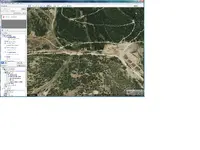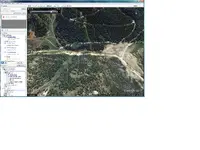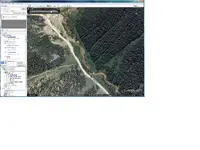jcazgoldchaser
Hero Member
- Joined
- May 8, 2012
- Messages
- 899
- Reaction score
- 515
- Golden Thread
- 0
- Primary Interest:
- All Treasure Hunting
If you frequent the waters of the Animas, an EPA accident has released 1 million gallons of mining waste into the waterway.
Animas River fouled by 1 million gallons of contaminated mine water - The Denver Post
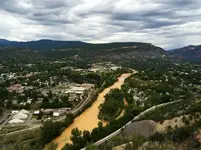
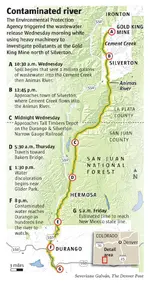
http://www.nytimes.com/2015/08/08/us/wastewater-spill-in-colorado-turns-a-river-yellow.html?_r=0
The EPA spilled 1 million gallons of waste water - Business Insider
Be safe out there!!
Animas River fouled by 1 million gallons of contaminated mine water - The Denver Post
The La Plata County Sheriff's Office has closed the river from the San Juan County line – including Durango – to New Mexico. Authorities say they will re-evaluate the closure once the EPA tests are confirmed.


http://www.nytimes.com/2015/08/08/us/wastewater-spill-in-colorado-turns-a-river-yellow.html?_r=0
The EPA spilled 1 million gallons of waste water - Business Insider
Be safe out there!!
Upvote
0








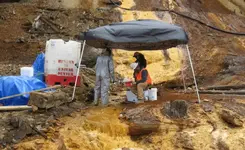
 They don't all buy it because they don't understand the chemistry and don't want to put in the time required to do so.
They don't all buy it because they don't understand the chemistry and don't want to put in the time required to do so.